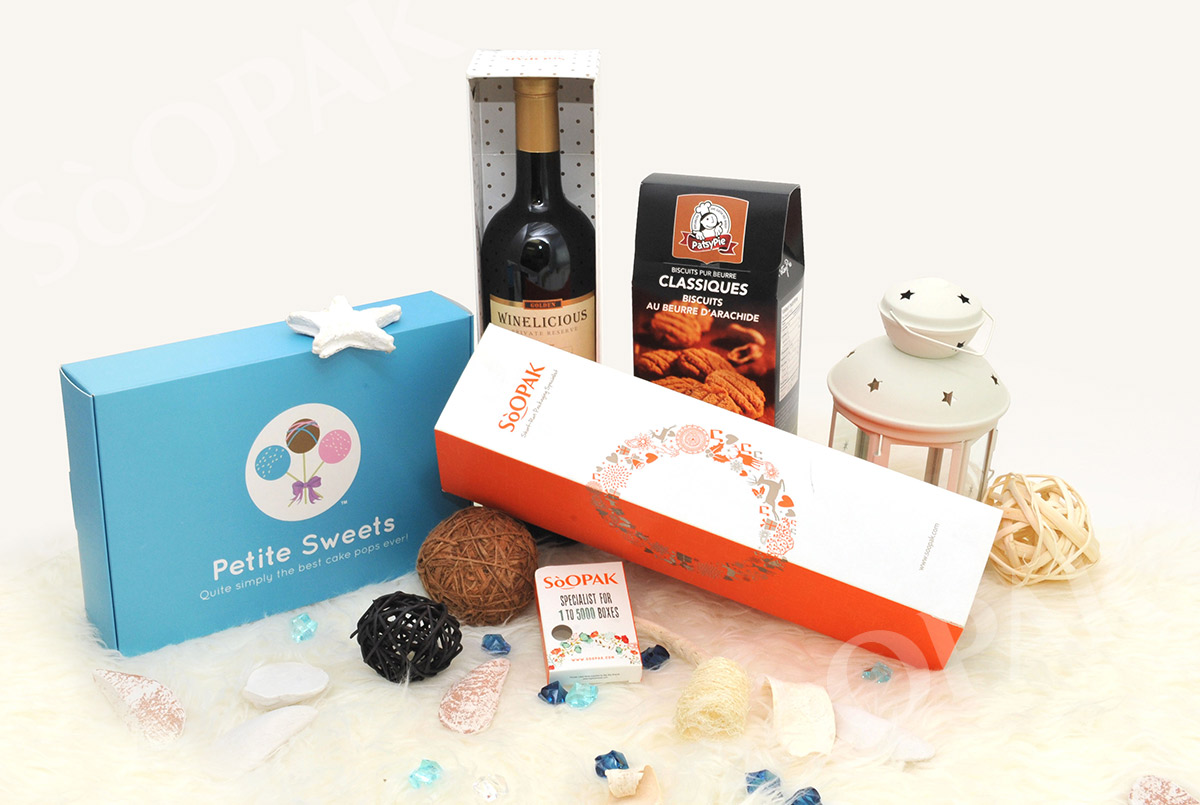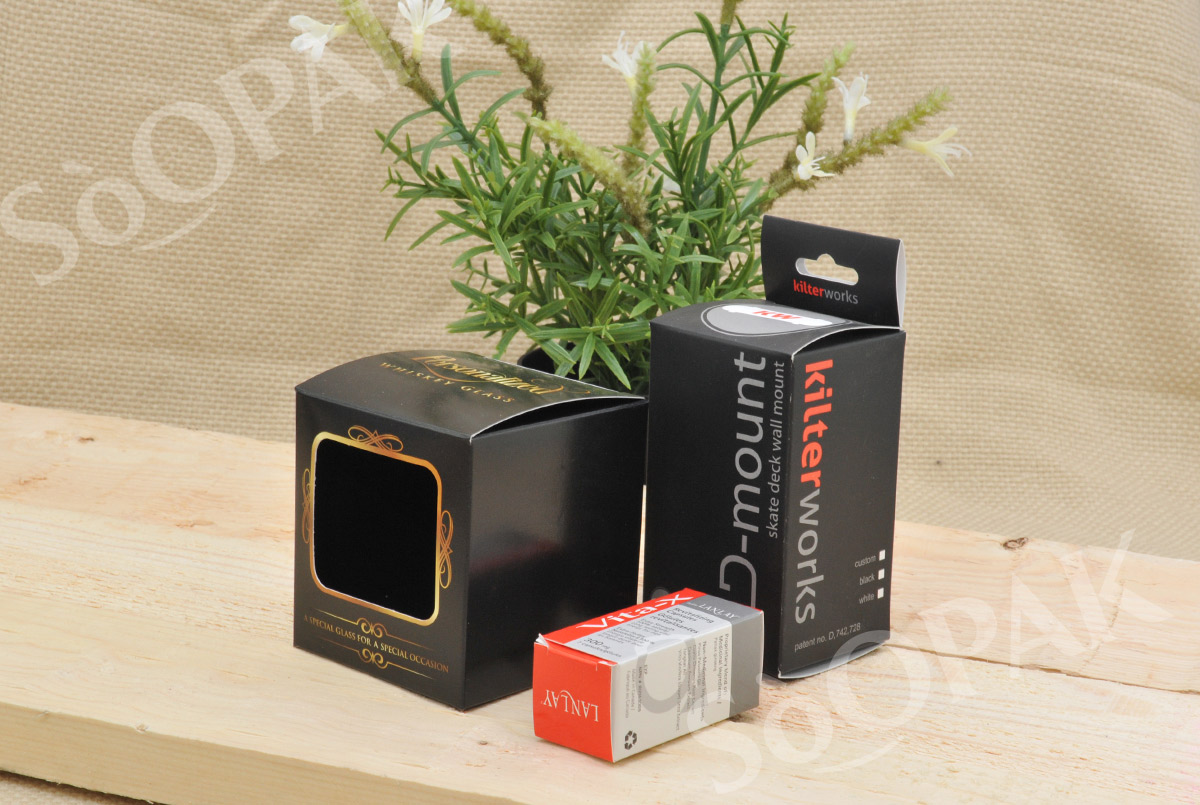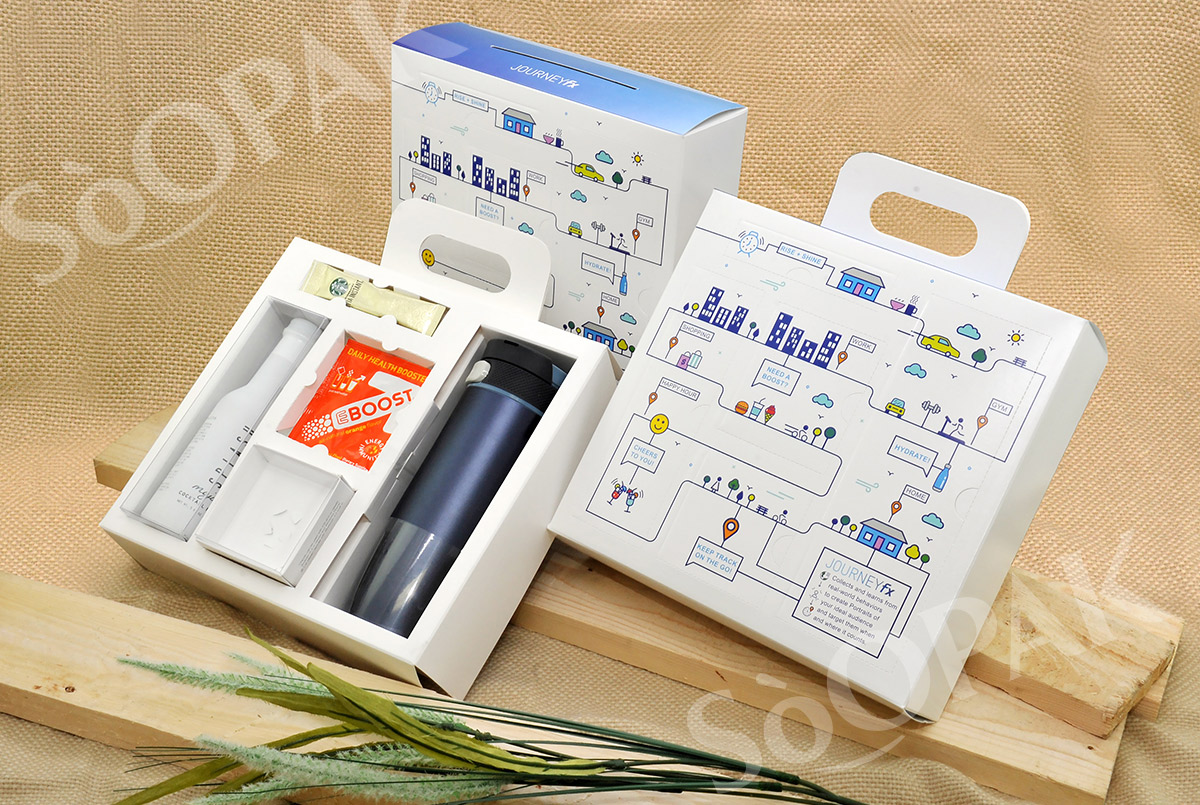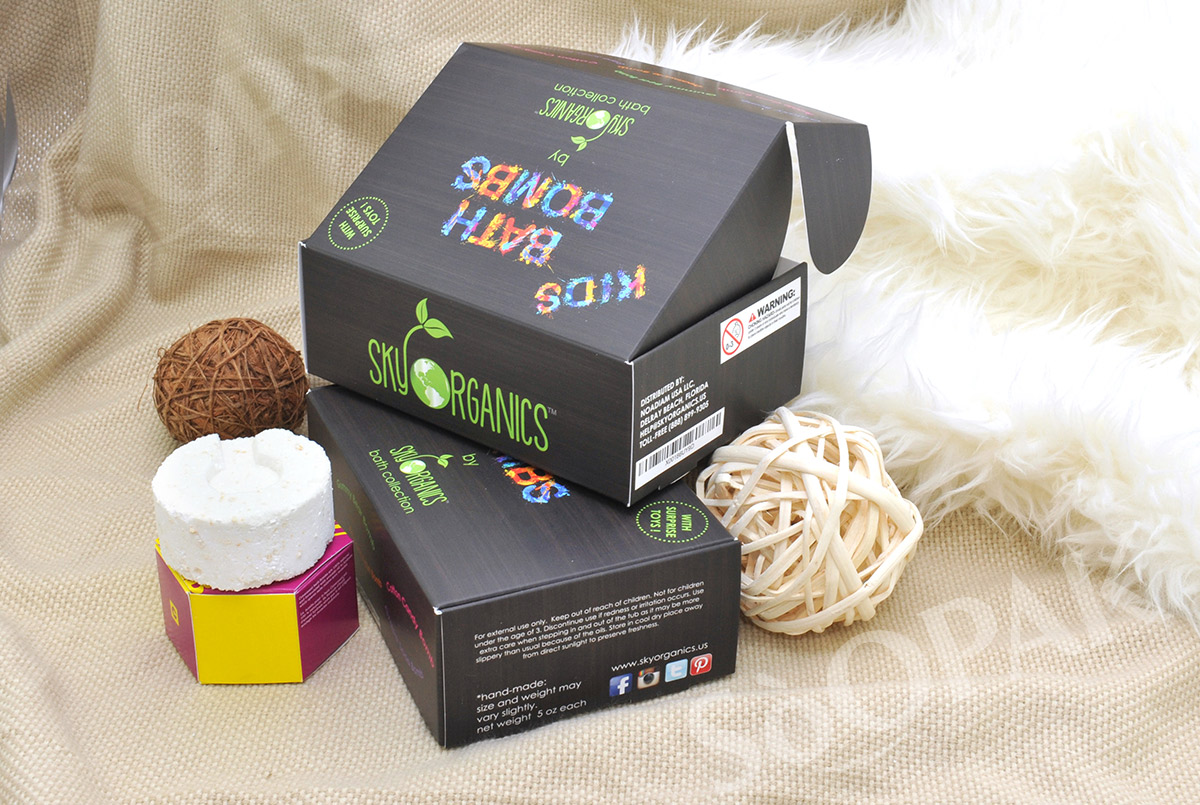When it comes to packaging your wine products, you want to make the right impression. Wine packaging typically aims to deliver an upscale vibe. However, you can also create a more casual feel if you want to appeal to a different market.
There will always be some variations in packaging for wine products based on the number of bottles packaged together, the size of the bottles, the type of wine, the target audience, and more. That being said, a few key rules always apply. To make sure your wine packaging is a success, keep these essentials in mind.
Protect the Wine Bottle
In nearly every case, packaging wine products involves placing the wine in a bottle and then whatever additional packaging that you want. This can be in the form of a stylish high-quality cardboard box designed to hold a single bottle of wine, a carrier for multiple bottles, or something else.
Regardless, you want to make sure that the bottle is well-protected. When holding the package from the top, it should be sturdy enough to support the full weight of the bottle. This ensures that the bottle will not fall out the bottom. While everyone should know to be careful with wine bottles so that the glass does not break, the packaging should include some sort of cautionary label or at least the word “fragile” to further protect the bottle.
Follow the Theme of The Bottle
Another essential for packaging your wine product is to make sure the box matches the theme and overall design of the bottle itself. For instance, you do not want a brightly colored wine bottle inside of a plain black box. In this scenario, a client will grab the box expecting an upscale design on the bottle itself only to be disappointed.
Ideally, you want the same color scheme and types of patterns and fonts on the bottle and the box. If you want to make them slightly different, it makes sense to have your company’s logo and the name of the wine in identical fonts.
The exception is if the wine packaging is designed as a gift. In this case, you may want to consider creating a custom wine box that has a pattern reminiscent of wrapping paper or even a 2D image of a bow. This prevents your clients from separately wrapping the wine when presenting it as a gift.
Know the Bottle Size
Because wine comes in a range of bottle sizes, you want to keep this in mind when designing the packaging. Will your wine be marketed to people who want an average size bottle or are they more interested in buying a jumbo-sized bottle for a party? You may even consider smaller wine bottles with individual servings, depending on who your ideal client is and what serving supplies they are likely to have on hand.
Regardless of the bottle size that you choose, it is important to ensure the packaging reflects it, both in terms of the size of the box and the information provided. A label indicating it is “in convenient single-serving bottles” or in a “party-size bottle for sharing” may suffice.




